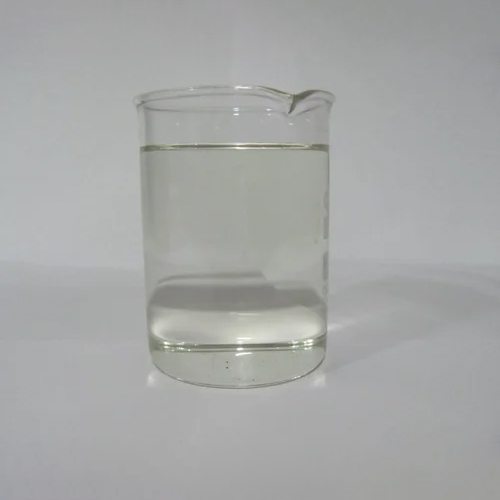Polymeric Deflocculant
What is Polymeric Deflocculant?
A polymeric deflocculant is a high-performance dispersing agent designed to break down or prevent the formation of flocs (clumps of particles) in a suspension. These polymers are typically water-soluble and work by adsorbing onto the surface of fine particles, imparting negative charges that cause repulsion between particles and maintain dispersion.
The structure of polymeric deflocculants often includes repeating units of acrylic acid, sulfonated monomers, or other functional groups that offer strong electrostatic or steric stabilization. Their effectiveness lies in their ability to lower the viscosity of high-solid slurries and maintain a uniform particle distribution in various industrial processes.
Polymeric deflocculants are widely used in ceramic processing, drilling fluids, mineral processing, water treatment, cement formulations, and paint production. In the ceramic and tile industry, they improve the fluidity of clay suspensions, making them easier to cast or spray. In drilling operations, they help control the rheology of muds and prevent sedimentation, which ensures smoother drilling and better core recovery.
In cement and concrete formulations, deflocculants help in reducing water usage while maintaining workability, contributing to stronger and more durable structures. They are also essential in pigment dispersions used in paints and coatings, where stable suspensions are critical for consistency and finish.
While polymeric deflocculants are effective in low concentrations, their performance depends on the system’s pH, ionic strength, and type of solids involved. Proper dosing and compatibility testing are recommended for optimal results.
USES AND APPLICATIONS
INDUSTRIES
Industries are using polymeric deflocculants for:
- Stabilizing ceramic slips and glazes
- Rheology control in drilling and oilfield fluids
- Pigment dispersion in paints and coatings
- Enhancing flow properties in cement and concrete
- Mineral and ore processing for improved slurry behavior
- Water treatment for fine particle management
- Paper and pulp industries for fiber suspension stability

